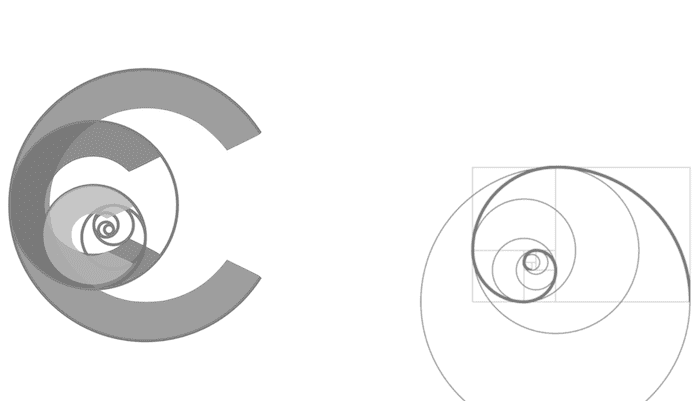Observations Compatible and Incompatible with Brain Death
Reviewed and revised 25 June 2012
OVERVIEW
- To make the diagnosis of brain death the examiner must be able recognise responses that do not require brain function
- stimulus-provoked movements should be termed reflexes and spontaneous movements termed automatisms
- brain death-associated automatisms may be present in up to 50% of brain death cases
COMPATIBLE
- spinal reflexes (spontaneous or elicited by stimulation) including the following:
- extension-pronation movements of upper limbs
- non-specific flexion of lower limbs
- undulating toe reflex
- Lazarus sign ( raising both arms briefly by flexing at the elbows before dropping them onto the chest at painful stimulation)
- deep tendon reflexes
- plantar responses
- respiratory like movements without significant tidal volumes
- head turning
- ‘thumb’s up sign’
- sweating
- blushing
- tachycardia
- normal blood pressure without need for pharmacological support
- absence of diabetes insipidus
INCOMPATIBLE
- decerebrate or decorticate posturing
- true extensor or flexor motor responses to painful stimuli (at either a cranial nerve or somatic nerve site)
- seizures
References and Links
- ANZICS Statement on Death and Organ Donation – 3.2 (2013)
- Jain S, DeGeorgia M. Brain death-associated reflexes and automatisms. Neurocrit Care. 2005;3(2):122-6. PubMed PMID: 16174880.
- Saposnik G, Basile VS, Young GB. Movements in brain death: a systematic review. Can J Neurol Sci. 2009 Mar;36(2):154-60. Review. PubMed PMID: 19378707.

Critical Care
Compendium
Chris is an Intensivist and ECMO specialist at The Alfred ICU, where he is Deputy Director (Education). He is a Clinical Adjunct Associate Professor at Monash University, the Lead for the Clinician Educator Incubator programme, and a CICM First Part Examiner.
He is an internationally recognised Clinician Educator with a passion for helping clinicians learn and for improving the clinical performance of individuals and collectives. He was one of the founders of the FOAM movement (Free Open-Access Medical education) has been recognised for his contributions to education with awards from ANZICS, ANZAHPE, and ACEM.
His one great achievement is being the father of three amazing children.
On Bluesky, he is @precordialthump.bsky.social and on the site that Elon has screwed up, he is @precordialthump.
| INTENSIVE | RAGE | Resuscitology | SMACC
